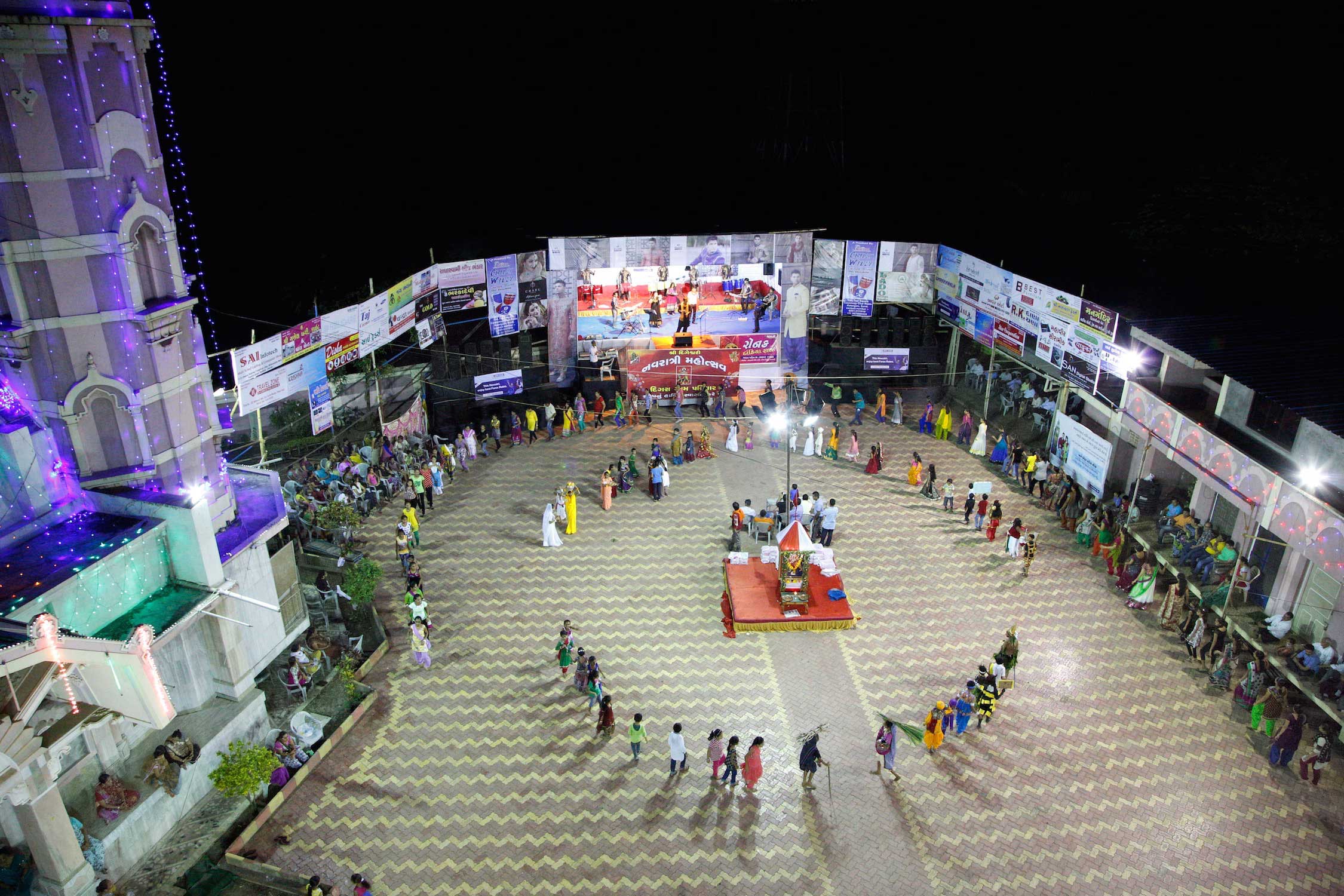
It is a familiar sight across the western Indian state of Gujarat. Every year, starting on Oct. 13 this year, during the Hindu festival of Navratri — or “nine nights” in Sanskrit — communities across the state come together to perform the garba, a dance that unfolds in a circular pattern as the participants swing from side to side. For nine nights, young and old gather in temple courtyards, on streets and in narrow alleys, and in desert communities in the state’s arid northwest to dance and pray.
But in these colorful photos, the New York City–based photographer Tobias Hutzler offers a different perspective. Traveling across Gujarat during the celebrations in 2014, Hutzler abandoned the street and climbed atop water tanks and temple towers for a bird’s-eye view that puts the motion and startling geometry of the festivities into sharp relief.
“I climbed up the strangest places,” says Hutzler, whose pictures are known for their sweeping scope and dramatic aerial viewpoints, as if he is viewing his subjects from the observation deck of a skyscraper. “I remember one time we went up a water tower, and it was illuminated by these very harsh floodlights that attracted insects and flies and so on — we were covered in them, but it was the only way to have this perspective.”
“Visually,” he adds, “I wanted to get an overview, whether it’s thousands of people dancing in Ahmedabad [Gujarat’s main urban center], or if it’s just one family in the desert.”
The results are captivating. In one photo of a crowded temple courtyard, Hutzler’s unique perspective reveals the small groups that make up the crowd — and that from the ground might have seemed like just another forest of bodies. In another, of a celebration in the desert, the photographer’s lens clearly captures the concentric circles formed by the garba dancers.
“We spent each night in a different location to show the scope of the festival and the celebration. During the day we were moving from place to place, and at night, I was taking pictures,” says Hutzler, who recently photographed Pope Francis for TIME during his visit to the U.S.
“What really fascinated me was the scope of it — families gather, different generations gather. I’ve never seen anything like it.”
Tobias Hutzler is a German advertising and editorial photographer based in New York.
Kira Pollack, who edited this photo essay, is TIME’s Director of Photography and Visual Enterprise.
Nikhil Kumar is a reporter and TIME’s South Asia Bureau Chief.
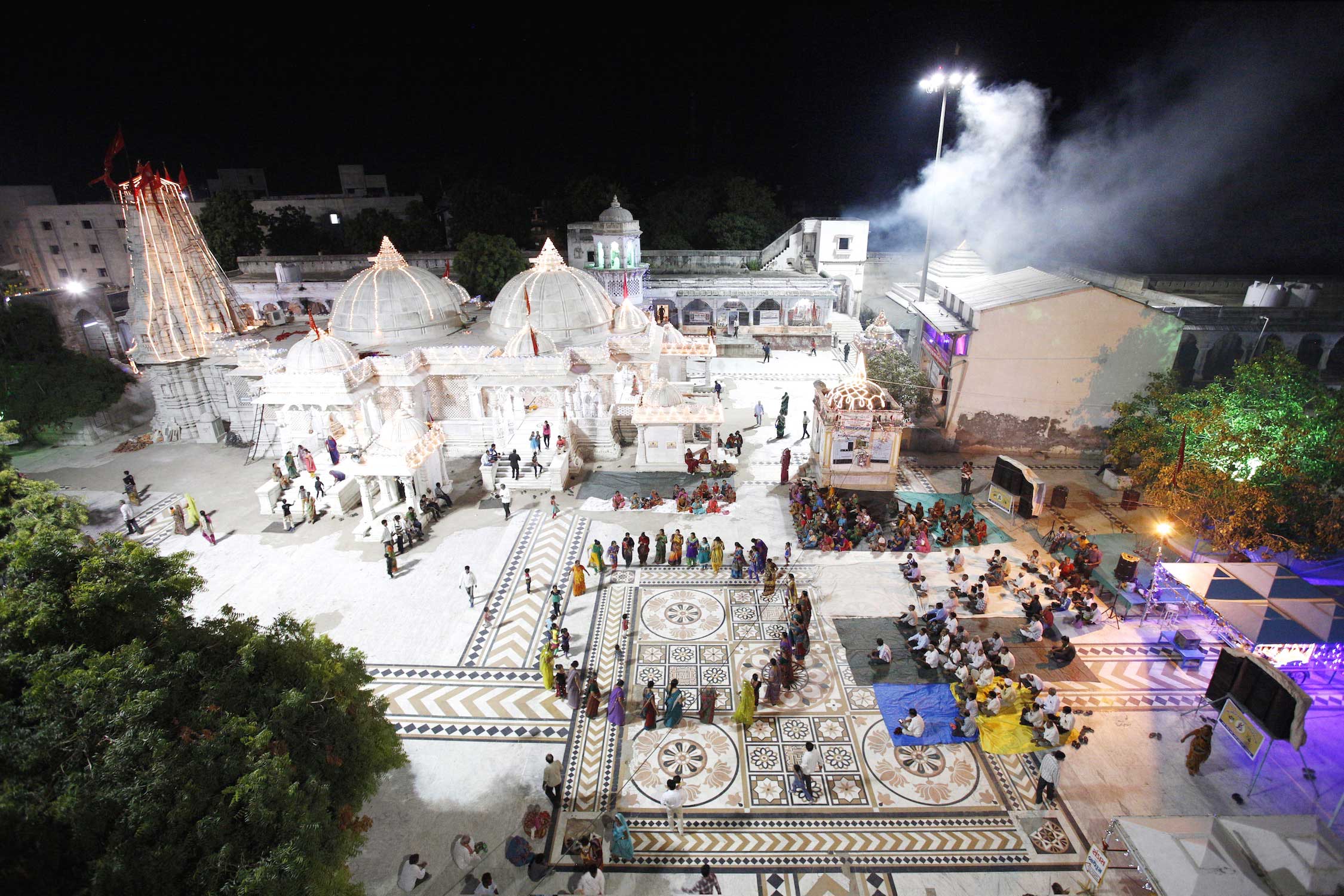

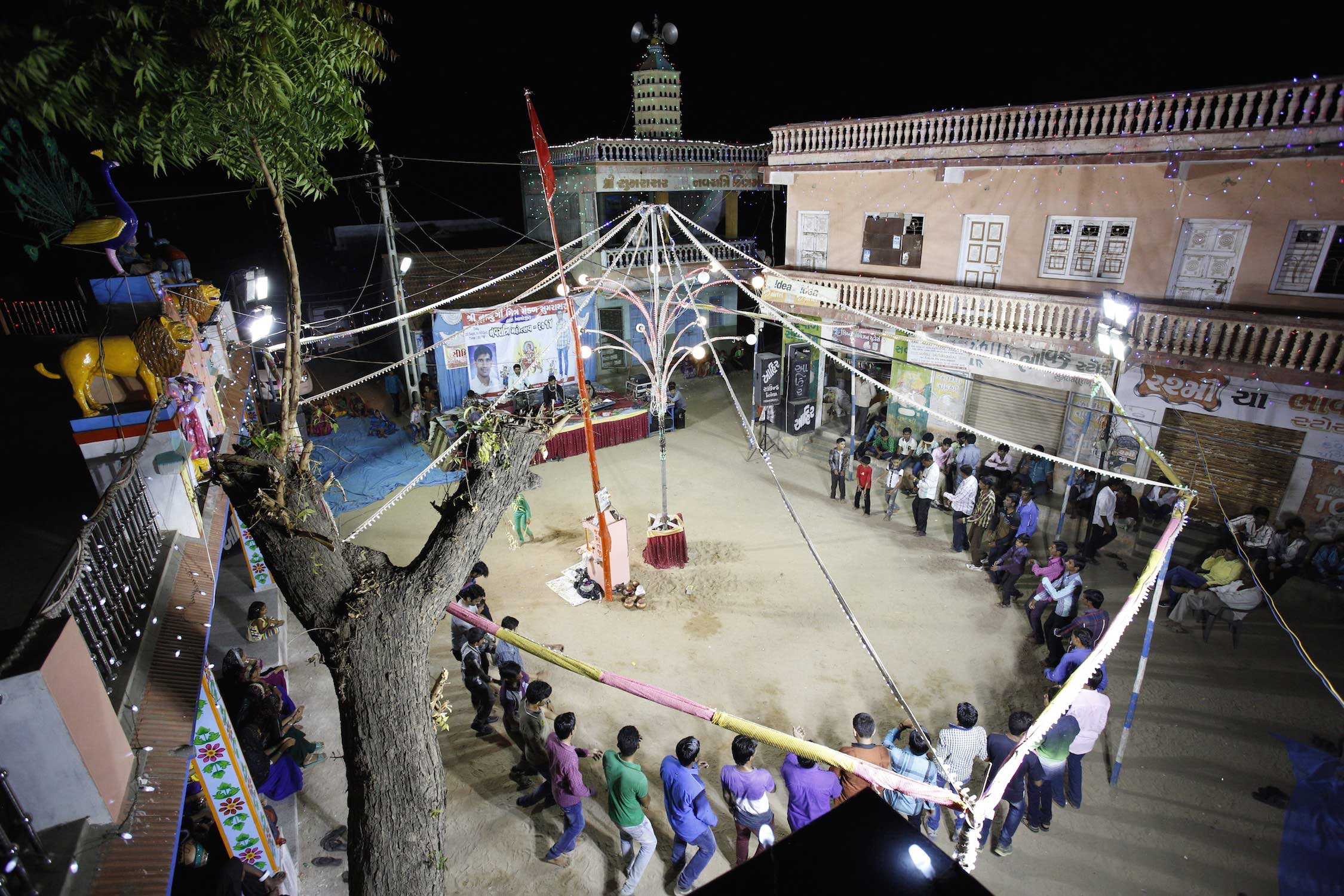
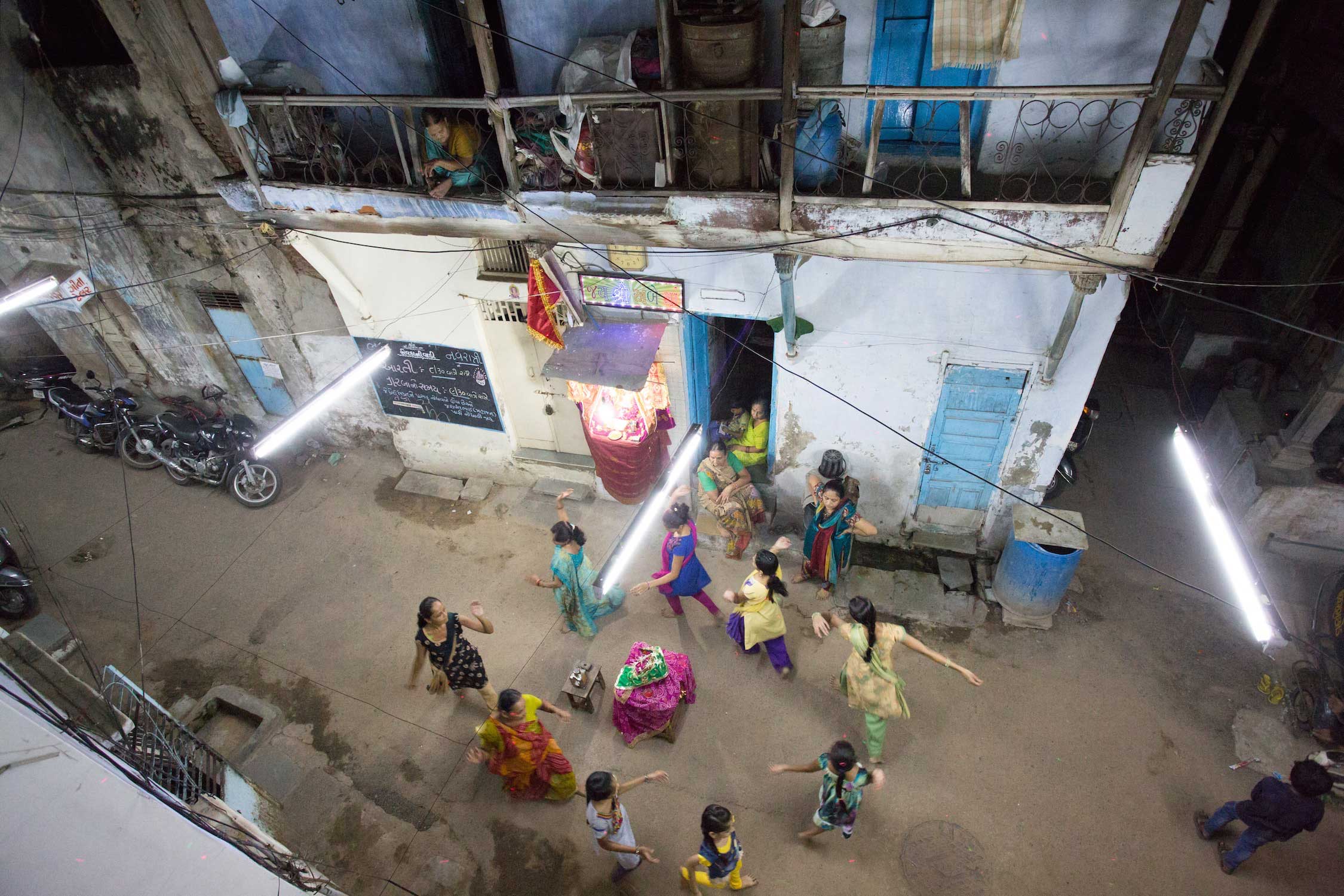
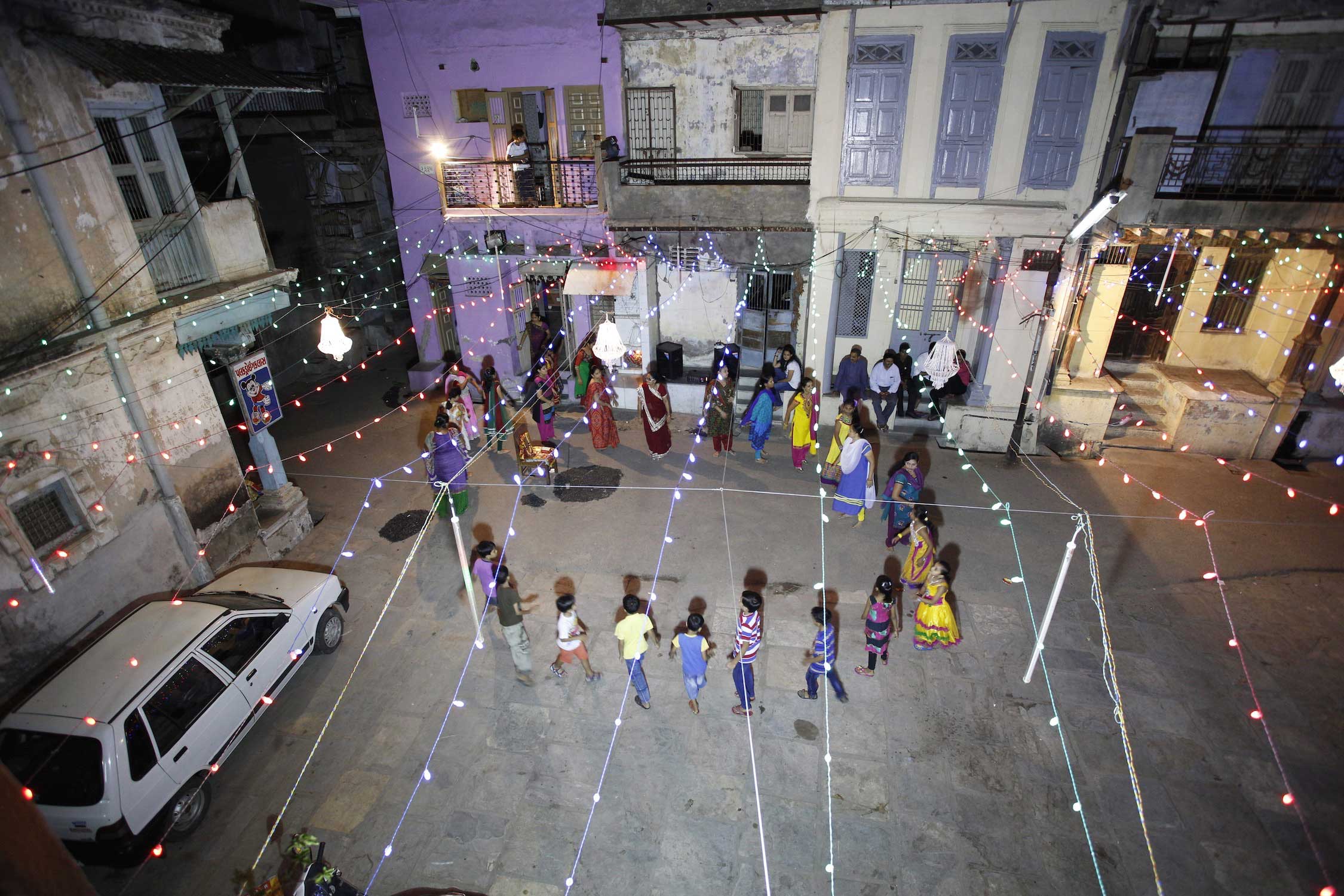
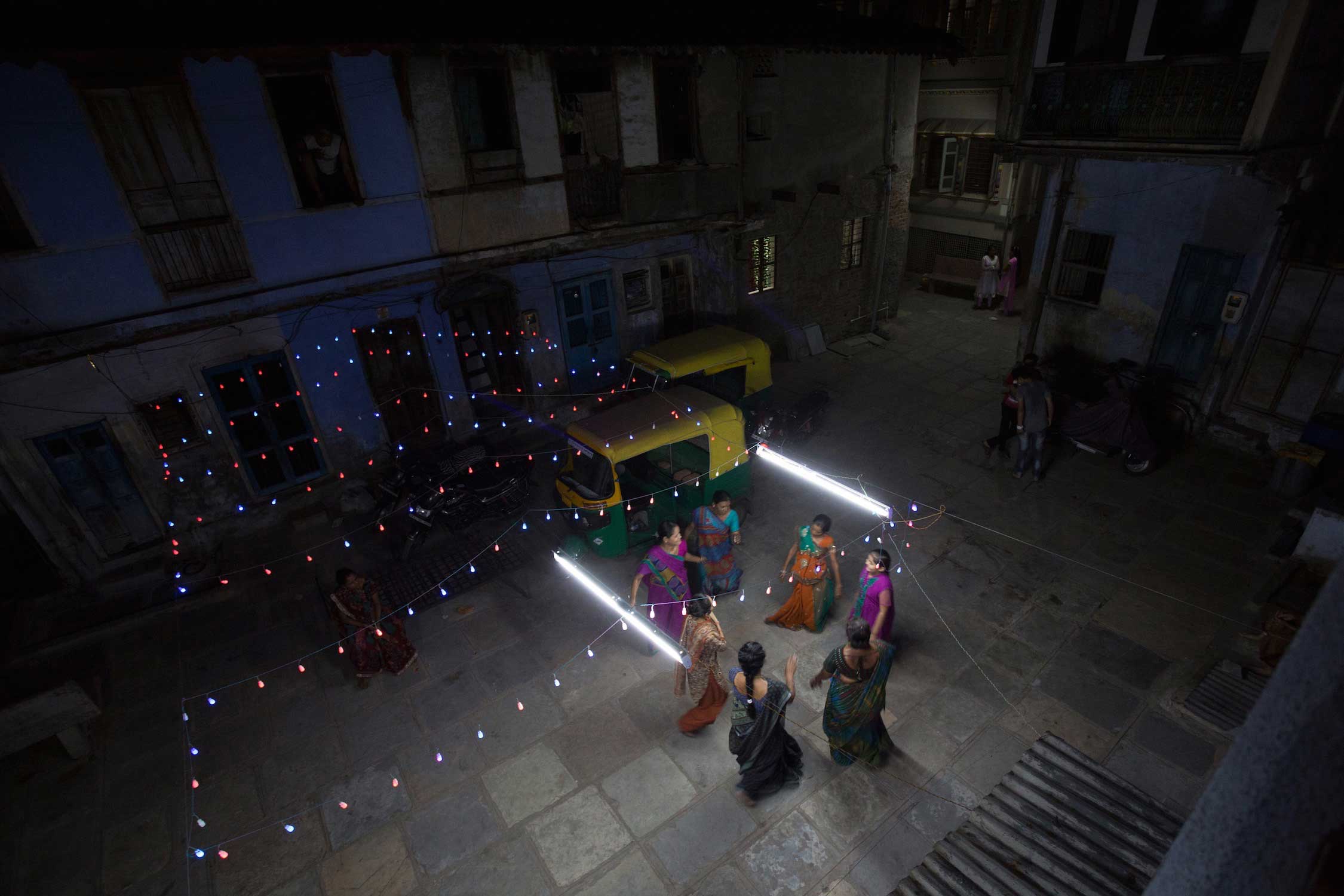

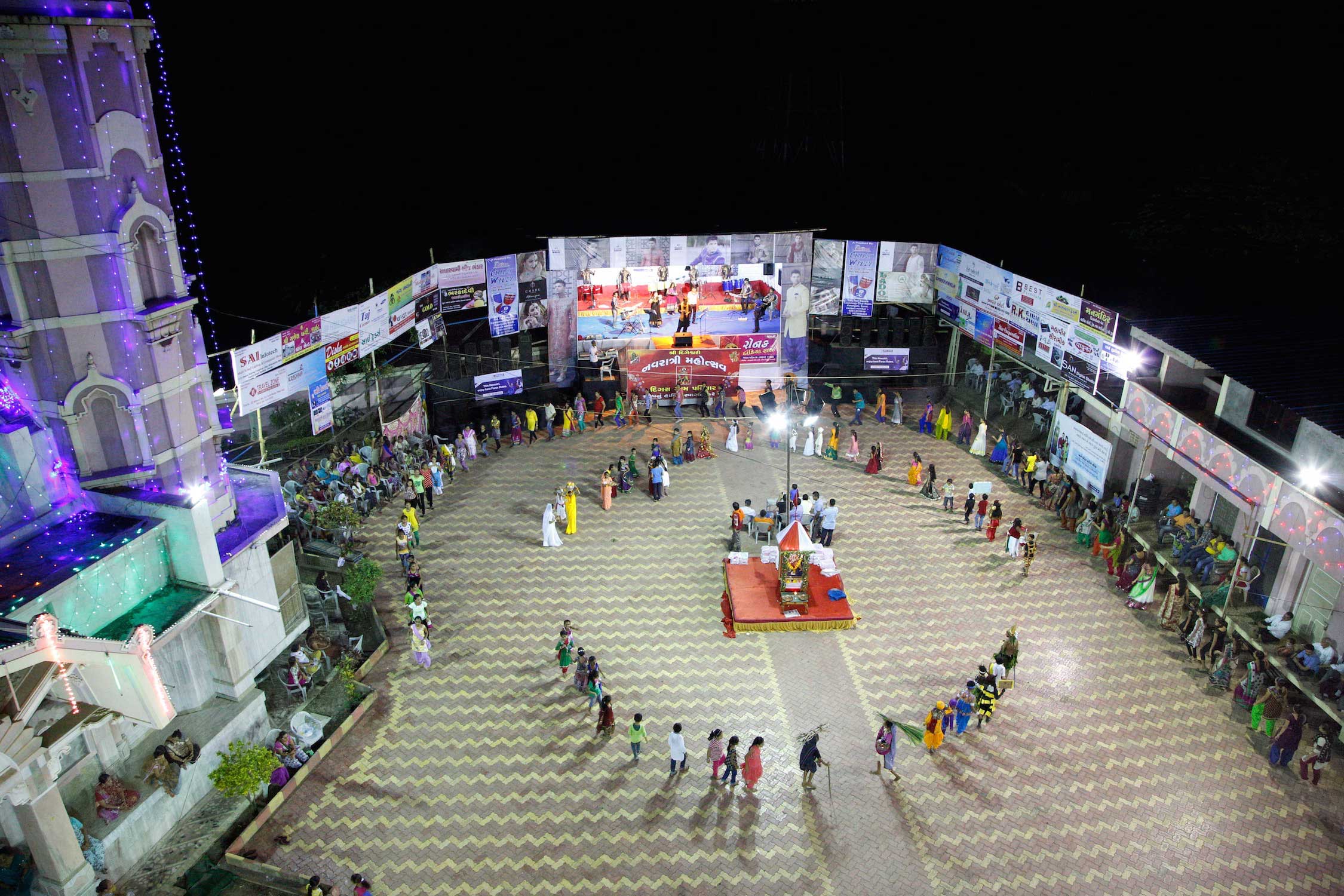
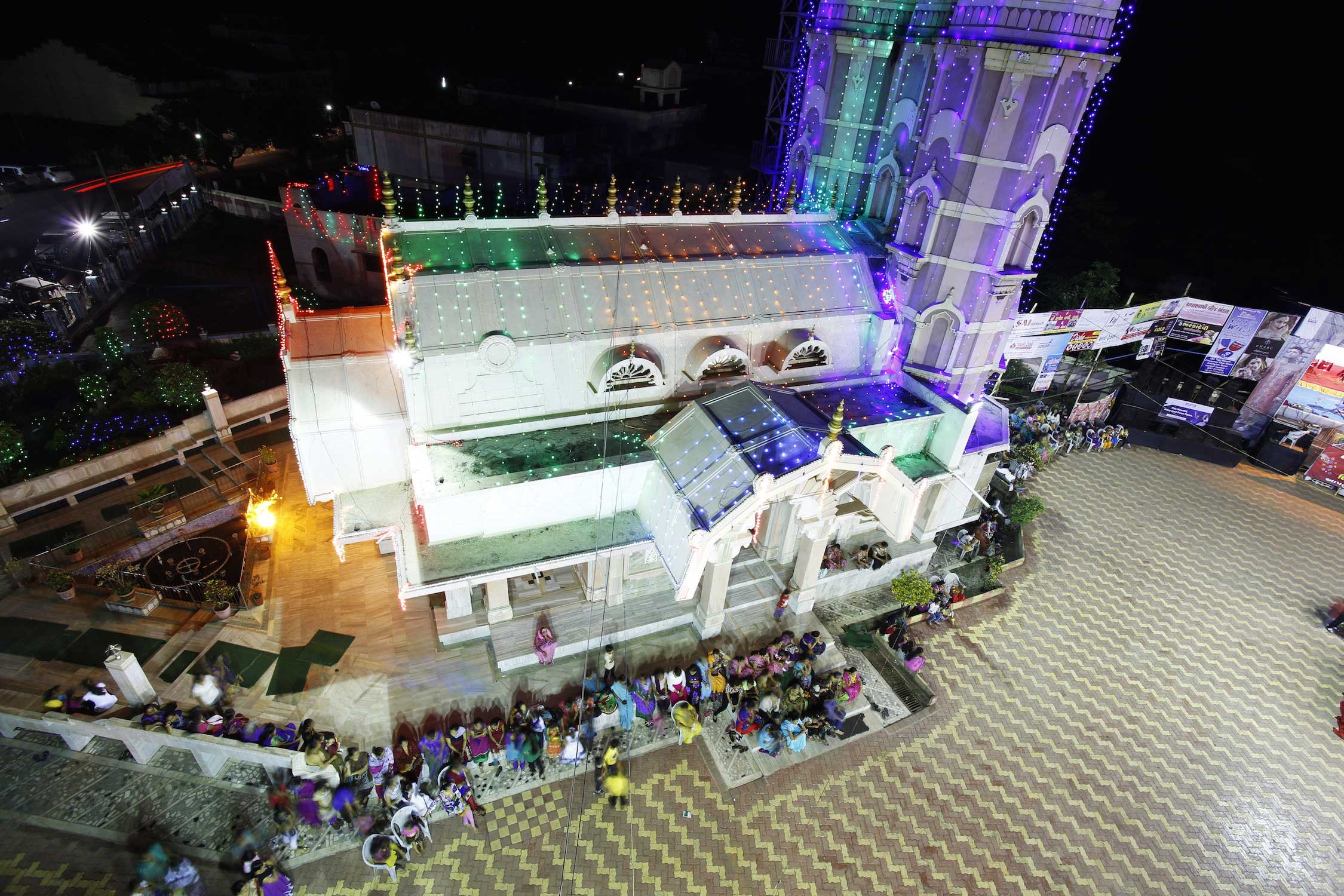
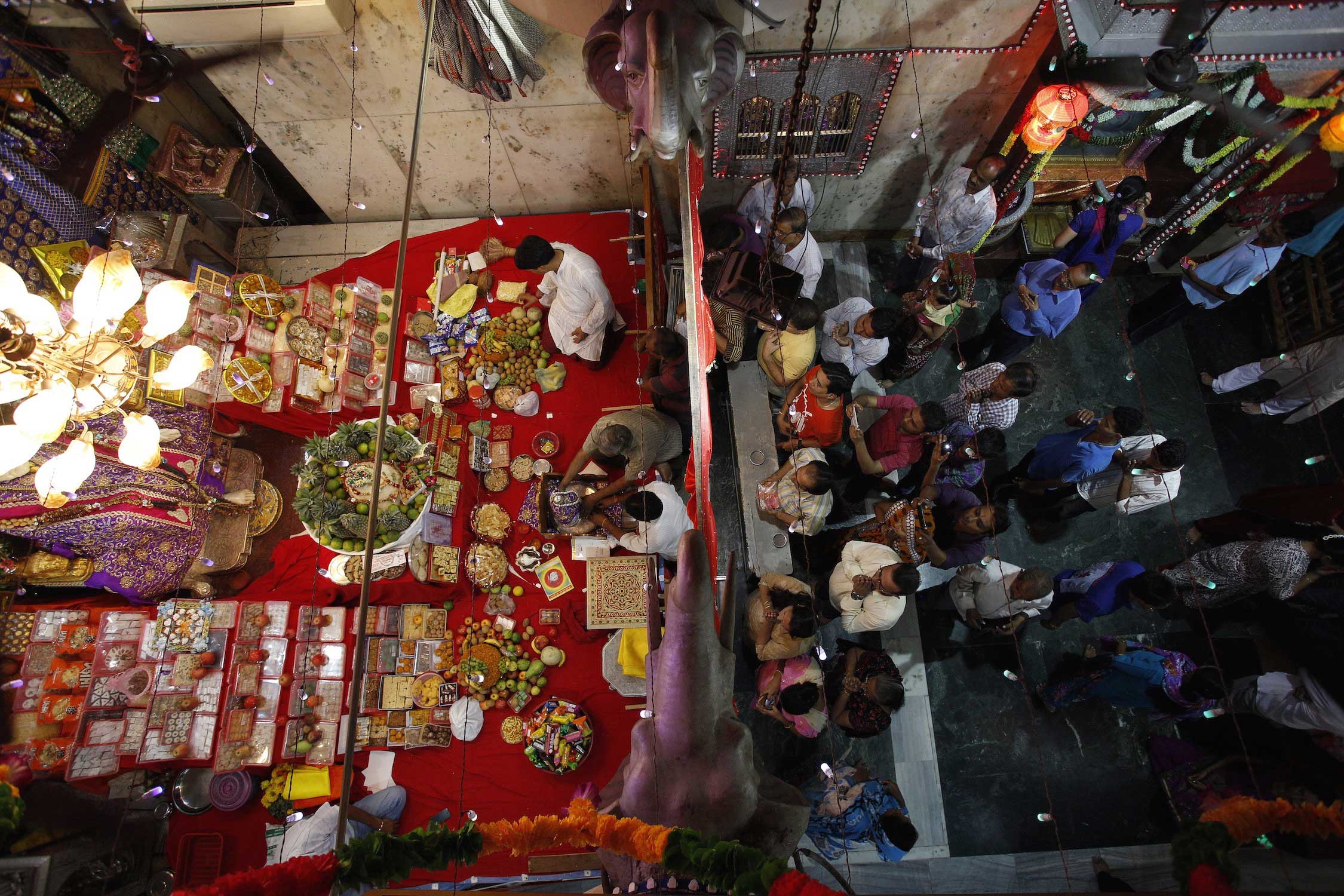
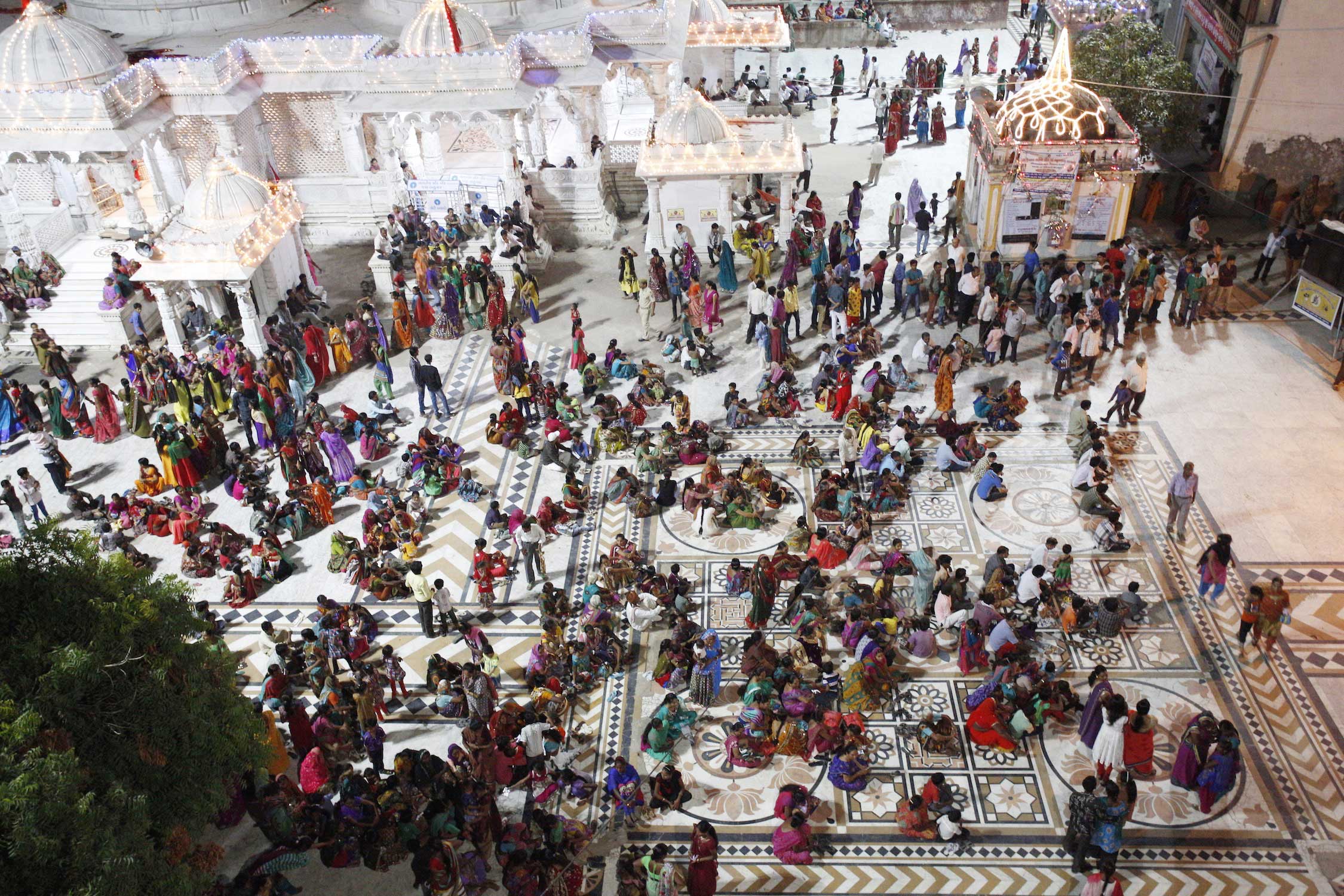
More Must-Reads from TIME
- Donald Trump Is TIME's 2024 Person of the Year
- Why We Chose Trump as Person of the Year
- Is Intermittent Fasting Good or Bad for You?
- The 100 Must-Read Books of 2024
- The 20 Best Christmas TV Episodes
- Column: If Optimism Feels Ridiculous Now, Try Hope
- The Future of Climate Action Is Trade Policy
- Merle Bombardieri Is Helping People Make the Baby Decision
Contact us at letters@time.com